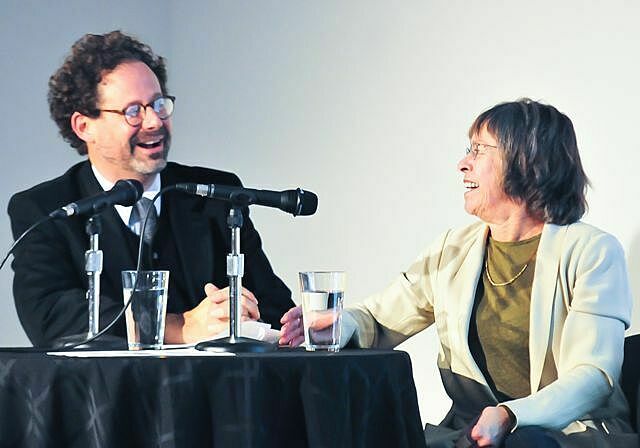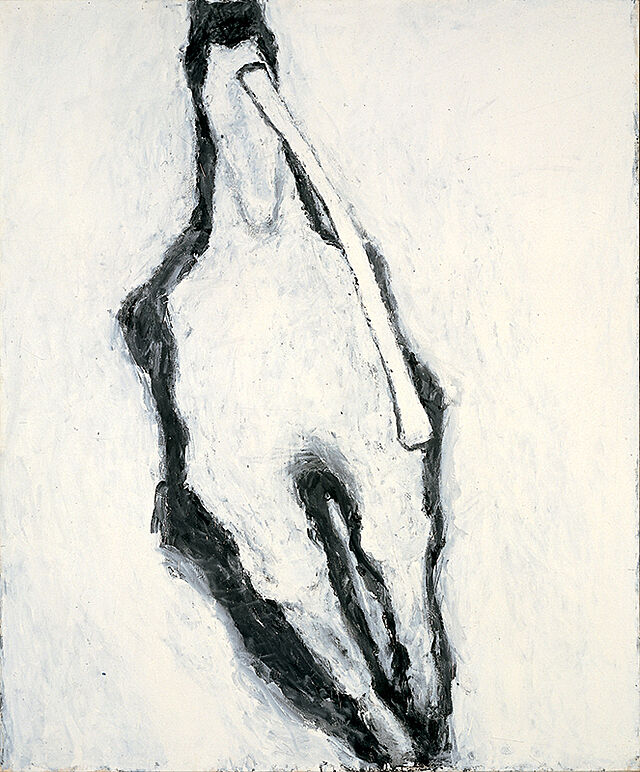The Walter Annenberg Annual Lecture: Susan Rothenberg
Dec 10, 2010
Over the course of her thirty-five year career, Susan Rothenberg has pushed the vocabulary of painting and created canvases that celebrate the artistic process. Her work emerged at a time when minimal art prevailed, and her paintings, with subject matter ranging from horses to fractured figures and spinning bodies, reinstated the power of figurative imagery. On November 3, for the Walter Annenberg Annual Lecture, the artist spoke with Adam D. Weinberg, the Whitney’s Alice Pratt Brown Director, about her studio routines, as well as the thematic developments in her work.
A laconic speaker with a wry sense of humor, Rothenberg called herself “a bit of a desert rat doing her own thing,” on her ranch in New Mexico, where she has lived since 1990. “My studio routine has been unchanged for twenty-five years,” she said. “I tear off a piece of canvas, staple it to the wall, and start to draw.” Rothenberg paints every day, moving systematically from sizing to drawing to composition to color. “Do you force yourself to paint even when an idea isn’t coming?” Weinberg asked. “Yes,” said Rothenberg, “but if I can’t get any read on what a painting wants from me—I stomp off!”
Rothenberg relishes the dialectical nature of the painting process, and canvases are often subjected to several stages of scraping, repainting, and reinvention as the work evolves. Despite her recent interest in painting the observed world, she continues to explore the expressive tension between the descriptive elements within her paintings and the psychological impact of reductive imagery. “I edit a lot out,” she said. “I want there to be the least 'there' available.”
By Alix Finkelstein, Education Intern


